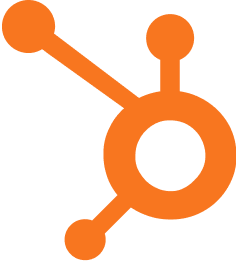Lead-to-Opportunity Conversion Rate Explained

Published on: October 01, 2024
The Lead-to-Opportunity Conversion Rate is a crucial metric in sales and marketing that measures the effectiveness of your lead generation and qualification processes. It represents the percentage of leads that successfully convert into opportunities within a given time frame. 📊
Understanding Lead-to-Opportunity Conversion Rate
This metric is calculated by dividing the number of leads that become opportunities by the total number of leads, then multiplying by 100:
Lead-to-Opportunity Conversion Rate = (Number of Leads Converted to Opportunities / Total Number of Leads) x 100
For example, if you have 1000 leads and 100 of them become opportunities, your Lead-to-Opportunity Conversion Rate would be 10%. For more insights, check out lead conversion rate.
Why is it Important? 🎯
The Lead-to-Opportunity Conversion Rate is vital for several reasons:
- It indicates the quality of your leads
- It reflects the effectiveness of your lead nurturing processes
- It helps forecast potential revenue
- It identifies areas for improvement in your sales funnel
Benchmarks and Best Practices
While the ideal Lead-to-Opportunity Conversion Rate can vary by industry and business model, here are some general benchmarks:
| Industry | Average Conversion Rate |
|---|---|
| Technology | 13% |
| Professional Services | 10% |
| Healthcare | 8% |
Note: These figures are approximate and can fluctuate based on various factors.
Improving Your Conversion Rate 📈
To enhance your Lead-to-Opportunity Conversion Rate, consider:
- Implementing lead scoring to prioritize high-quality leads
- Aligning sales and marketing teams for better lead handoff
- Developing targeted content for different stages of the buyer's journey
- Optimizing your lead nurturing workflows
- Regularly analyzing and refining your qualification criteria
Common Challenges and Misconceptions
When working with Lead-to-Opportunity Conversion Rate, be aware of these potential pitfalls:
- Focusing solely on quantity: A high number of leads doesn't guarantee a good conversion rate. Quality matters more than quantity.
- Ignoring time-to-conversion: A fast conversion isn't always best. Some complex sales cycles require longer nurturing periods.
- Neglecting lead source analysis: Different lead sources may have varying conversion rates. Analyze each source separately for insights.
Integrating with Your Sales and Marketing Stack
To effectively track and improve your Lead-to-Opportunity Conversion Rate, consider these questions:
- How can we better integrate our CRM and marketing automation tools to track this metric accurately?
- What lead scoring model would best reflect our ideal customer profile?
- How can we create more targeted content to nurture leads through each stage of the funnel?
- What additional training do our sales team need to improve lead qualification?
- How often should we review and adjust our lead-to-opportunity conversion process?
By continuously monitoring and optimizing your Lead-to-Opportunity Conversion Rate, you can significantly improve your sales pipeline efficiency and ultimately drive more revenue for your business. 💼💰

















